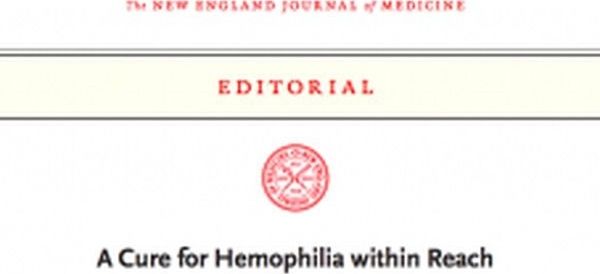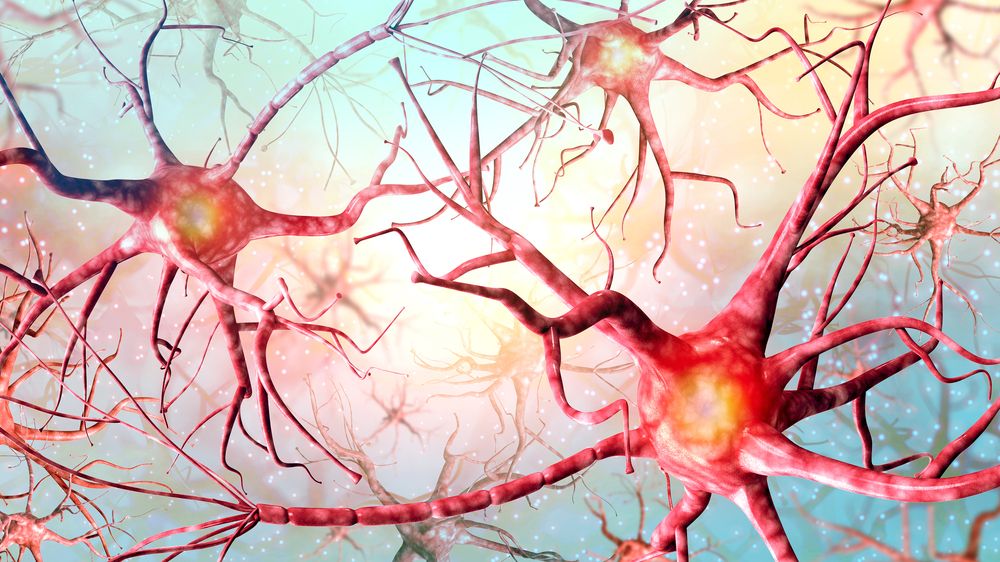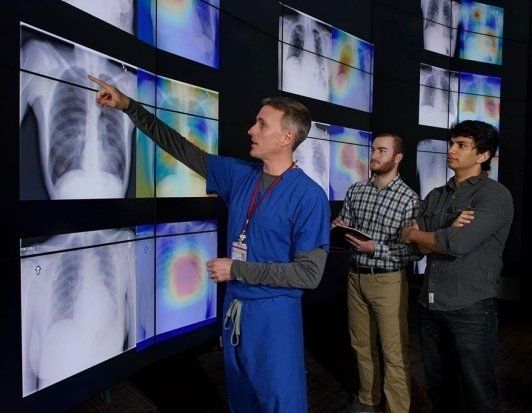Archive for the ‘biotech/medical’ category: Page 2352
Dec 9, 2017
Highlights from Yesterday’s /r/futurology AMA with Aubrey de Grey
Posted by Dan Kummer in categories: biotech/medical, life extension
Aubrey de Grey of the SENS Research Foundation took a few hours from his packed schedule yesterday to answer questions from the community at /r/futurology. It is a pity that we can’t get a full day of his time at some point — clearly there are way too many interested folk with questions and not enough hours to answer more than half of them. It is a sign of progress, I hope, that ever more people recognize that the SENS approach to the development of rejuvenation therapies is promising, and understand enough of the science to ask intelligent questions about the details.
SENS is simple enough to explain at the high level: identify the cell and tissue damage that (a) appears in old tissues but not in young tissues, and (b) is caused by the normal operation of metabolism, not by some other form of damage. The resulting short list includes the causes of aging. It may include some other things as well, that in the end turn out not to need fixing, but why take the chance? In modern biotechnology and life science research, it is faster and cheaper to develop a repair therapy and see what happens than it is to painstakingly figure out how everything fits together.
When de Grey first evaluated the field of aging research, back before the turn of the century, he found that the causes of aging by the above definition were largely known, with a good deal of evidence in support of each one. Yet next to no-one was working on fixing them. Since then, he has campaigned tirelessly to build organisations, assemble allies, raise funding, and persuade researchers, and all of that to ensure that the scientific and biotechnology communities do in fact move ahead with a repair-based approach to building functional rejuvenation therapies. It has been surprisingly hard work, given a research community that was hostile towards the idea of treating aging as a medical condition versus merely observing it, and a public at large who seem disinterested in living longer in good health.
Dec 8, 2017
Blackbody radiation from a warm object attracts polarizable objects
Posted by Saúl Morales Rodriguéz in category: biotech/medical
Our physical attraction to hot bodies is real, according to UC Berkeley physicists.
To be clear, they’re not talking about sexual attraction to a “hot” human body.
But the researchers have shown that a glowing object actually attracts atoms, contrary to what most people — physicists included — would guess.
Dec 8, 2017
Boosting Mitochondrial Quality Control to Combat Alzheimers
Posted by Steve Hill in categories: biotech/medical, neuroscience
Scientists at the École polytechnique fédérale de Lausanne (EPFL) have found a way to make mitochondria more resistant to damage, which could potentially be used to halt Alzheimer’s and other, similar, diseases.
Globally, Alzheimer’s disease is the most common form of dementia and cause of neurodegeneration. It causes brain damage and symptoms such as long-term memory loss. It is an amyloid-based disease, with the characteristic hallmark being the formation of toxic plaques in the brain made from the aggregated beta-amyloid inside the neurons.
Dec 8, 2017
Scientists Have Tried First-Ever Gene Editing Directly Inside a Patient’s Body
Posted by Shailesh Prasad in categories: bioengineering, biotech/medical, genetics
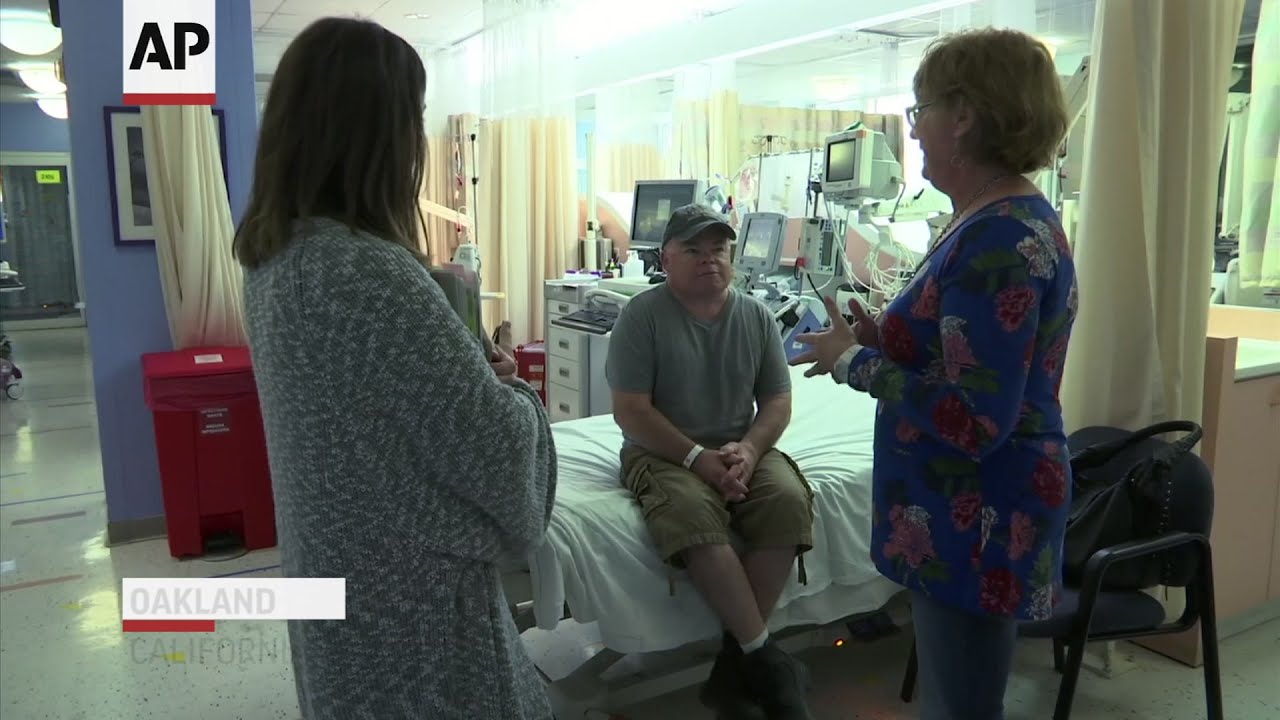
In a bold first-of-its-kind experiment, scientists have edited a person’s genes directly inside living tissue in an ambitious bid to cure a man of a rare, crippling genetic disorder.
While CRISPR has broken ground in things like editing human embryos and injecting patients with genetically edited cells, this alternative technique pioneers a new real-time approach to infusing a person’s blood with a gene-editing virus.
Continue reading “Scientists Have Tried First-Ever Gene Editing Directly Inside a Patient’s Body” »
Dec 8, 2017
For the First Time, a Robot Passed a Medical Licensing Exam
Posted by Shailesh Prasad in categories: biotech/medical, robotics/AI
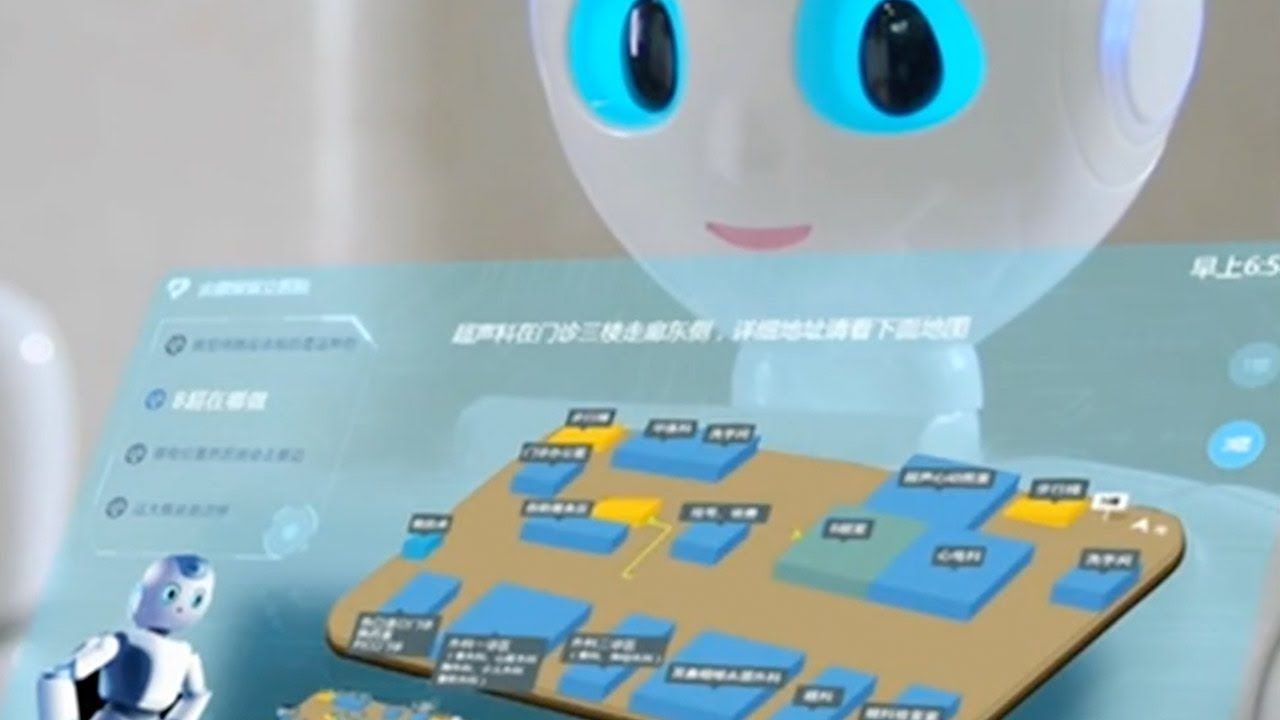
Chinese AI-powered robot Xiaoyi took the country’s medical licensing examinations and passed, according to local reports. Xiaoyi is just one example of how much China is keen on using AI to make a number of industries more efficient.
Experts generally agree that, before we might consider artificial intelligence (AI) to be truly intelligent —that is, on a level on par with human cognition— AI agents have to pass a number of tests. And while this is still a work in progress, AIs have been busy passing other kinds of tests.
Dec 8, 2017
Algorithm better at diagnosing pneumonia than radiologists
Posted by Shailesh Prasad in categories: biotech/medical, information science, robotics/AI
Stanford researchers have developed an algorithm that offers diagnoses based off chest X-ray images. It can diagnose up to 14 types of medical conditions and is able to diagnose pneumonia better than expert radiologists working alone.
A paper about the algorithm, called CheXNet, was published Nov. 14 on the open-access, scientific preprint website arXiv.
“Interpreting X-ray images to diagnose pathologies like pneumonia is very challenging, and we know that there’s a lot of variability in the diagnoses radiologists arrive at,” said Pranav Rajpurkar, a graduate student in the Machine Learning Group at Stanford and co-lead author of the paper. “We became interested in developing machine learning algorithms that could learn from hundreds of thousands of chest X-ray diagnoses and make accurate diagnoses.”
Dec 8, 2017
Science Is Starting to Explore the Gray Zone Between Life and Death
Posted by Shailesh Prasad in categories: biotech/medical, neuroscience, science
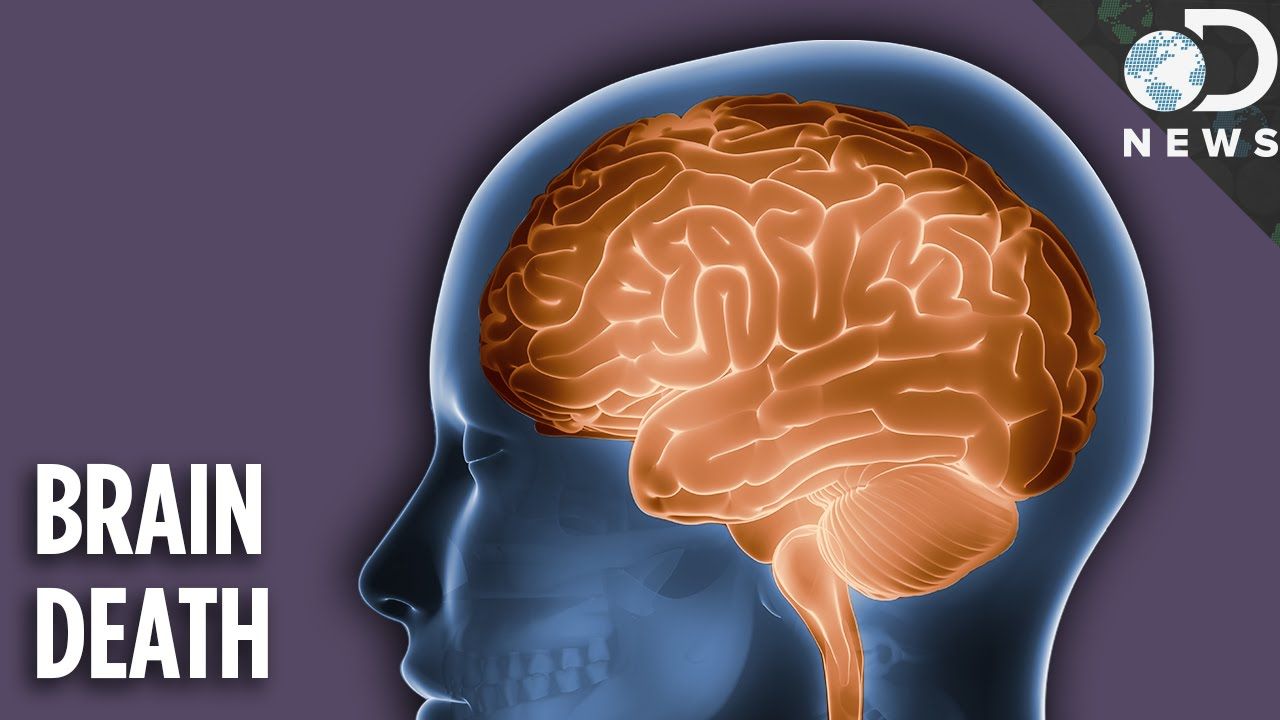
Biologist Mark Roth, at Seattle’s Fred Hutchinson Cancer Research Center, is working with animal subjects, putting them into suspended animation. The idea is that a patient who is in medical crisis could be put into a suspended state like hibernation, until he or she could be stabilized and in this way, get past it.
Though we tend to expire when the oxygen level is low, many animals go into a suspended state in extremely low oxygen environments. In the lab, one must enter into such an environment quickly. Roth is currently working with nematodes—a kind of roundworm—and expects to eventually work up to humans.
Continue reading “Science Is Starting to Explore the Gray Zone Between Life and Death” »
Dec 8, 2017
Artificial Organs: We’re Entering an Era Where Transplants Are Obsolete
Posted by Shailesh Prasad in categories: 3D printing, biotech/medical, life extension
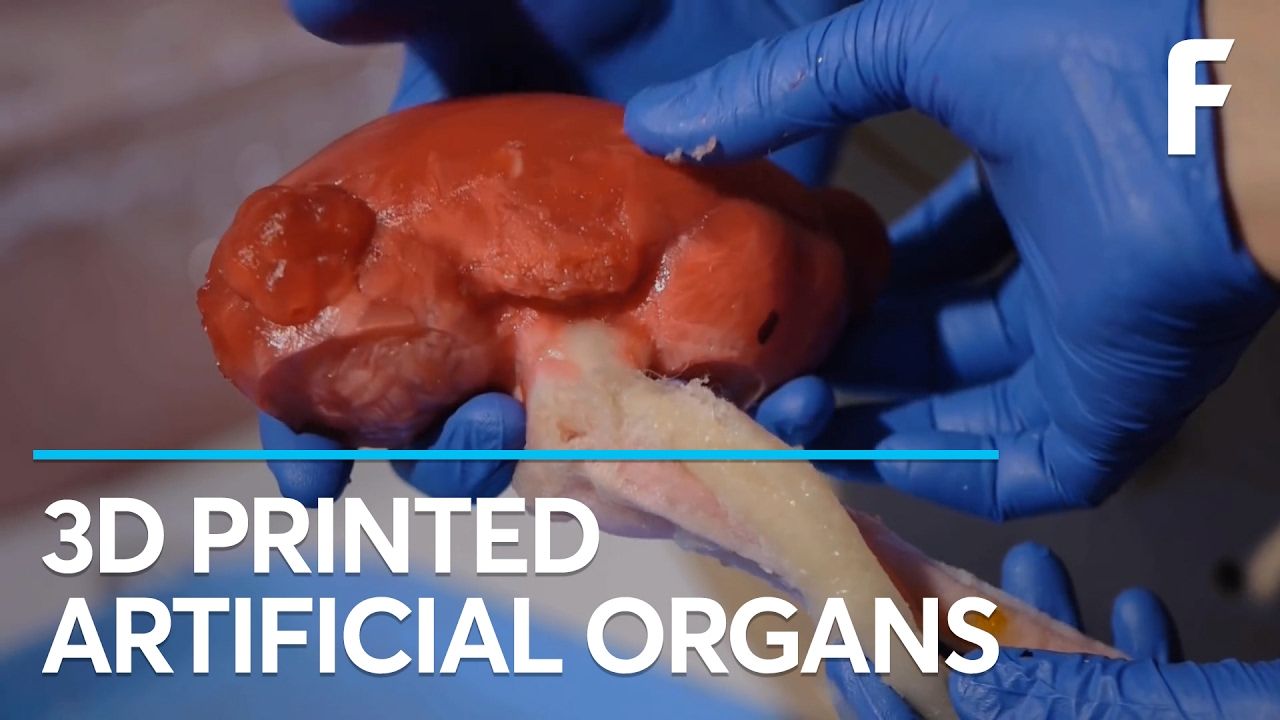
Advances in regenerative medicine, particularly stem cells and 3D-bioprinted organs, could soon make heart transplantation an obsolete medical procedure.
Dec 8, 2017
Researchers Created a Platform That Prints With Living Matter
Posted by Shailesh Prasad in categories: 3D printing, biotech/medical, space
3D printing has come a long way. In a new study, scientists explore the potential of using bacteria-laced ink to print living materials.
From pizza to urine-based space plastic and even blood vessels, it seems there’s no limit to what can be 3D printed. A new 3D printing platform, created by ETH researchers led by Professor André Studart, head of the Laboratory for Complex Materials, is advancing the process by working with living materials. The specially designed material is actually an ink infused with bacteria. The machine is then able to print living biochemical designs for a wide variety of purposes, which vary depending on the bacteria used. Their research has been published in Science Advances.
